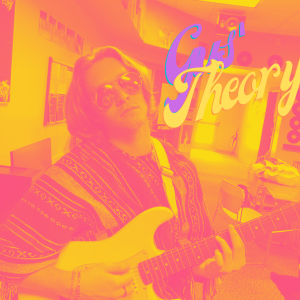Have you ever listened to a song and thought,"Wow, this makes me feel a certain way?"
That's due to a little thing called music theory. Music theory is the notes and chords of music.
The most common scale in music is the major scale. It comprises whole steps and half steps in
the musical alphabet. Chords just come from the notes of each scale. To get a chord, you can
take the first, third, and fifth intervals to get a basic triad. It is a significant chord if it is a 1, 3, or
5. It is a minor chord if it is a 1, flat 3, or 5. There are many more varieties of chords that you
can get, but lets keep it simple for now. How you choose your chords and melodies makes a
song unique and has a good sound. Crying by Roy Orbison is a perfect example. This song is a
perfect example, starting in D major, the one chord. Then, the music switches up on the listener
by adding the sharp 5 to the D major, making it an augmented chord. This builds tension to
resolve nicely into the four-chord, G major. As it hits the four chord, it stops, then resumes on G
minor, the minor four chord, which resolves beautifully into the G major one chord. It then goes
to the five-chord A major, making you want to settle back into the one chord, which it does to
continue with the song.
Gus' Theory Episode 1: Orbison
